Netflix’s polls and games are about winning the attention wars
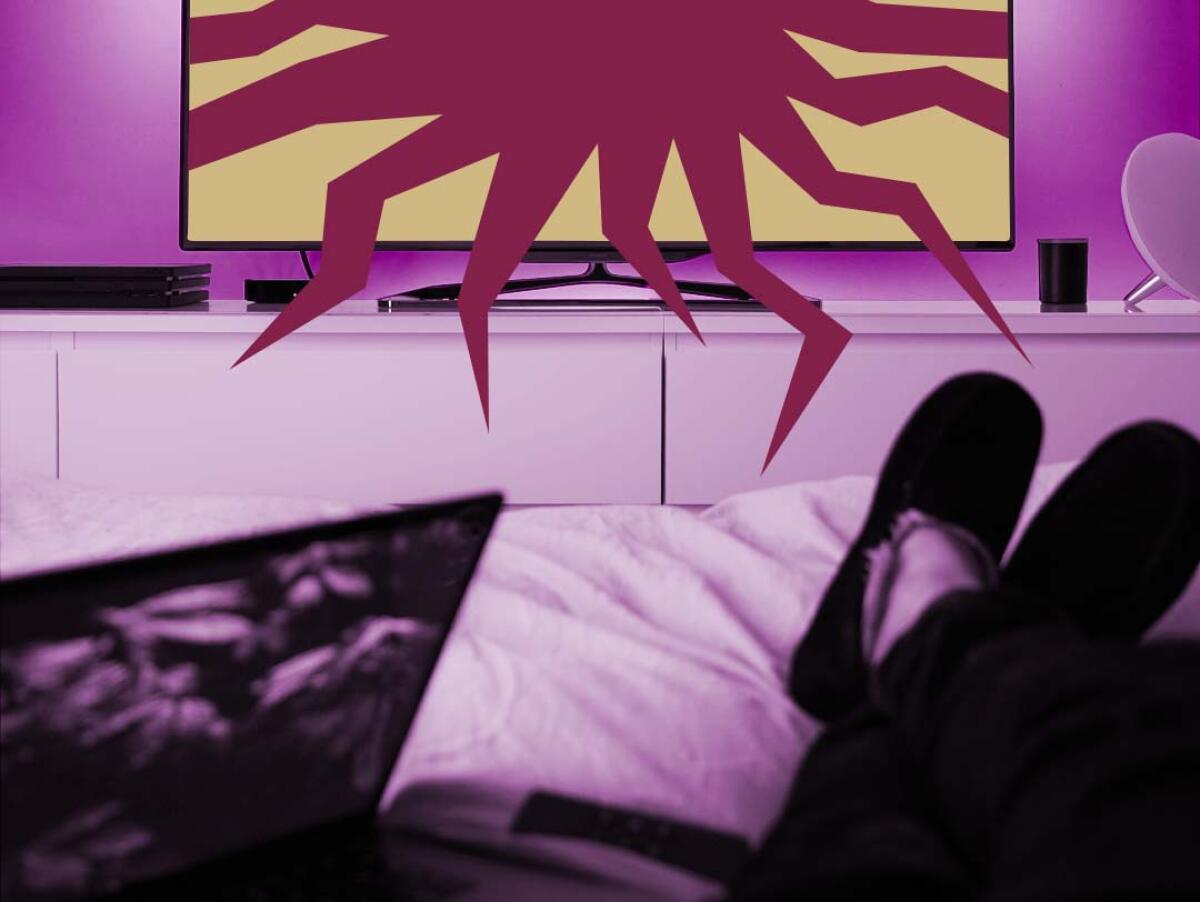
This is the Sept. 7, 2021, edition of The Wide Shot, a weekly newsletter about everything happening in the business of entertainment. Sign up here to get it in your inbox.
In 2017, Netflix Chief Executive Reed Hastings had found the enemy. And it was a not a rival streaming service like Hulu, but a biological imperative.
“When you watch a show from Netflix and you get addicted to it, you stay up late at night,” Hastings told analysts. “We’re competing with sleep, on the margin.”
Two years later, Netflix, on a similar theme, said in a shareholder letter, “we compete with (and lose to) Fortnite more than HBO,” referring to the extremely popular online video game.
Netflix’s longstanding position is that its rivalries go well beyond streaming video, or even cable television and movie theaters. Of its customers’ roughly 16 daily waking hours, Netflix wants to take up as much of that time as possible.
Yes, the rise of direct competitors including Disney+, HBO Max and Apple TV+ can take chunks of the audience’s attention. But for Netflix, the bigger picture is that if people are spending hours a week on “Call of Duty,” scrolling TikTok or even (God forbid) going outside, that’s time they’re not spending on Netflix.
In this view, the “streaming war” is a misnomer. This is a “Fortnite”-like battle royale for a piece of the “attention economy.”
Which is why Netflix is adding new features and lines of business — producing podcasts about its shows, publishing a magazine and selling merch — to keep us hooked to its app and its programming.
It’s also why, as my colleague Wendy Lee reported, the service is trying out ideas like interactive polls on some of its series to keep you glued to the screen.
“This month, the Los Gatos, Calif.-based company will test new interactive polls for some of its subscribers on four shows, including ‘Too Hot to Handle’ and ‘Love Is Blind,’” Lee wrote. “Netflix executives hope the feature will increase the amount of engagement on its platform and foster a communal, shared viewing environment for its subscribers.”
As Netflix gets closer to market saturation, at least in the U.S. and Canada where it lost 430,000 subscribers in the most recent quarter, a big part of the business is now a retention game. Interactive programming could help get people more invested. An example: On the dating show “Love Is Blind,” a scene with a contestant agonizing over which partner to choose is accompanied by an on-screen poll pitting project engineer Matt Barnett against fitness instructor Mark Cuevas.
It’s a new version of a very old idea. The ancient version of this was live audience participation in “Love Connection” followed by call-in voting for “American Idol.” Unlike those versions, Netflix polls won’t actually affect the outcome of the show. But it is another step in Netflix’s experiment with interactive TV and film, building on the choose-your-own-adventure movie “Black Mirror: Bandersnatch.”
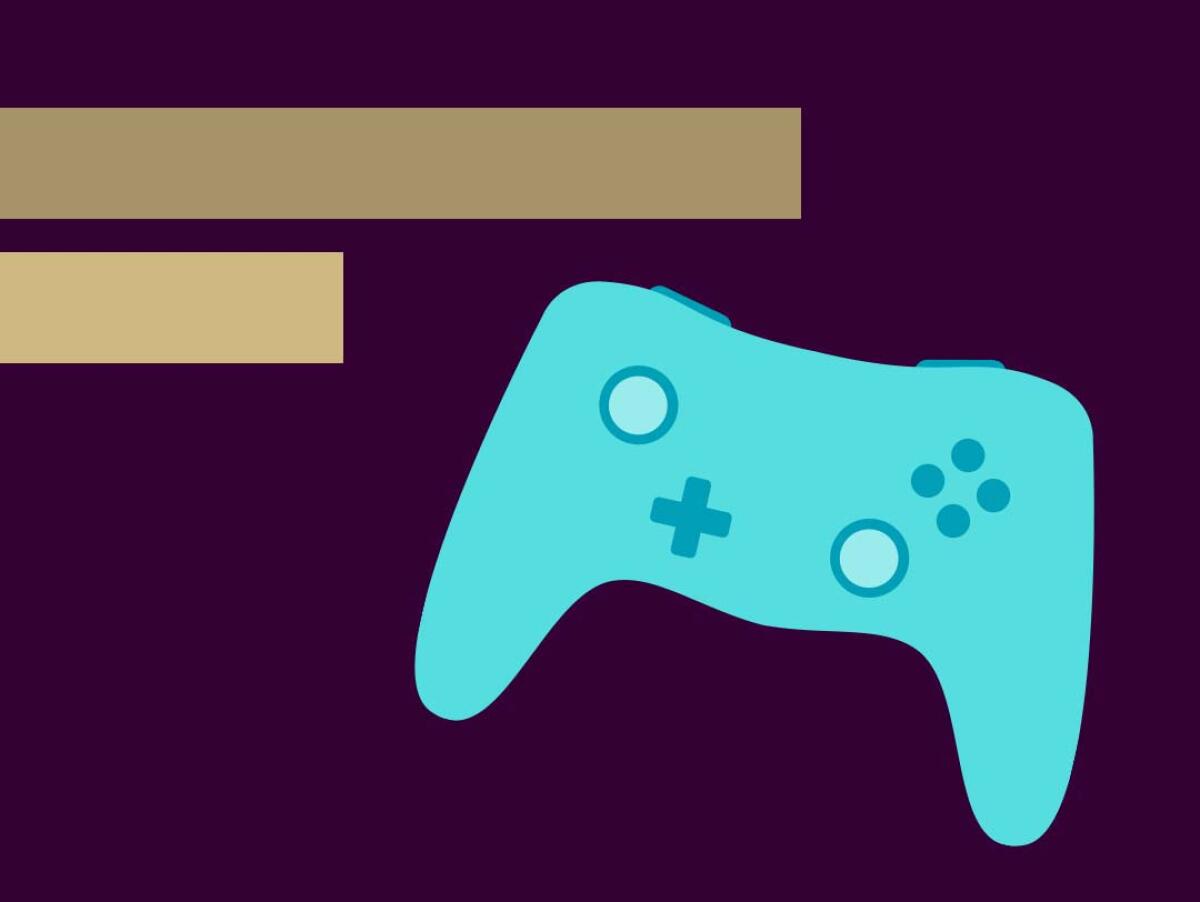
The use of polling and interactivity brings us to Netflix’s expansion into video games, which the company recently revealed as a new category “similar to our expansion into original films, animation and unscripted TV.”
Given that Netflix years ago pinpointed “Fortnite” as a chief rival, there’s a certain amount of logic to the move. According to research firm Newzoo, 80% of millennials and Gen Z-ers played video games in the last month, and consumers under 40 spent an average of seven hours a week playing.
Perhaps more striking is this trend: Younger consumers are more likely to spend their leisure time playing video games than watching TV and movies.
Gen Z spends 25% of their downtime on video games, versus 18% on social media and 17% streaming movies and shows. The breakdown for millennials is 21% games, 18% social networks and 19% movies and shows. For Gen X, games are tied with streaming movies and TV at 18%. People watch a lot of game-related video content online through Twitch and YouTube, which Netflix, of course, considers competition.
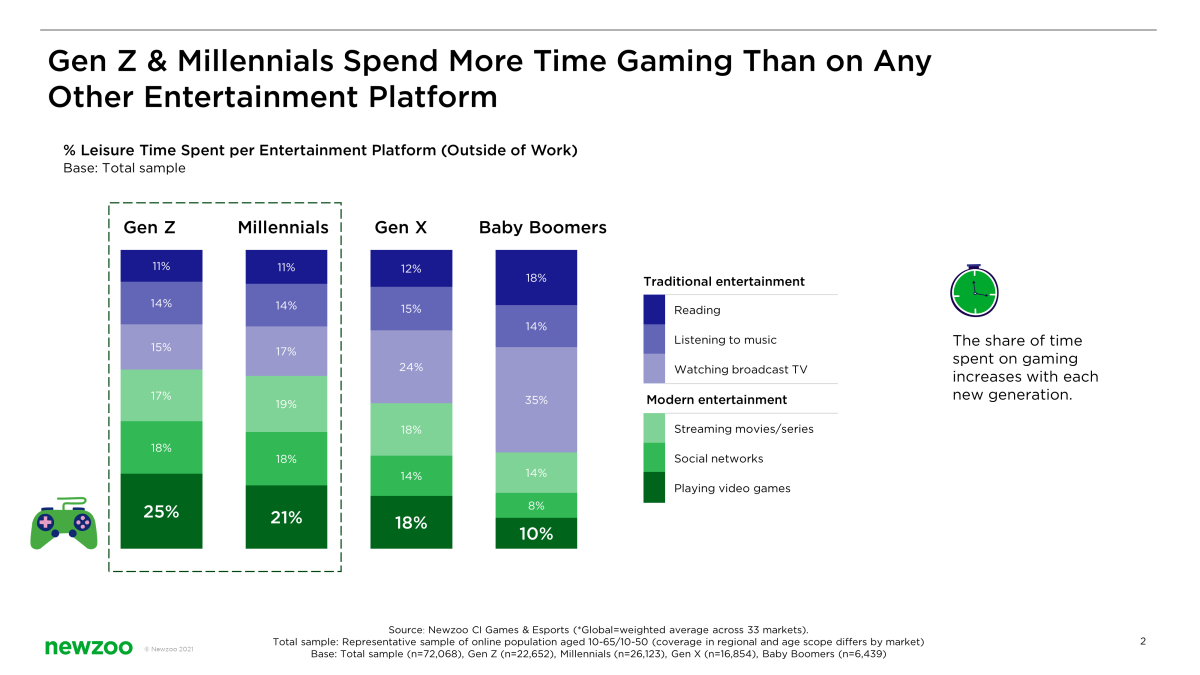
Netflix’s video game business is in the embryonic stage. The company is starting by developing mobile-only games, which makes sense because: A) mobile games are generally simpler than console and PC offerings; and B) mobile gaming is now a bigger business than PC and console games, combined, in terms of revenue.
It’s worth remembering, though, that Netflix says its games will be offered as part of its subscription. Gaming is meant to enhance the service, rather than become its own profit pool.
There’s plenty reason to be skeptical of Netflix’s move into gaming. It would be overstating it to call video games the graveyard of entertainment empires, but plenty of Hollywood players have tried and failed. Walt Disney Co. quit the game production business long ago and instead licenses its properties, such as “Star Wars” and Marvel, to third parties. Sony Pictures and PlayStation, part of the same company, have tended to operate at arm’s length. Amazon’s games business has struggled to make hits.
Analyst Matthew Ball, in an essay, explained the rationale for Netflix’s gaming push, while also outlining major hurdles to success, including potential technological complications. The company is also quite late to the space, which is highly competitive — and costly. It’s unlikely Netflix is going to be competitive with EA, Ubisoft, Epic Games and Activision Blizzard anytime soon.
Then again, Netflix’s original content business started slowly. The DVD-by-mail company began streaming in 2007 but didn’t launch its breakout original series “House of Cards” until 2013.
Will Netflix have a “Fortnite”-level hit in a few years? Maybe not. But if it helps solidify Netflix’s share of our shrinking attention spans for generations to come, the risk of trying could be worth it.
Stuff we wrote
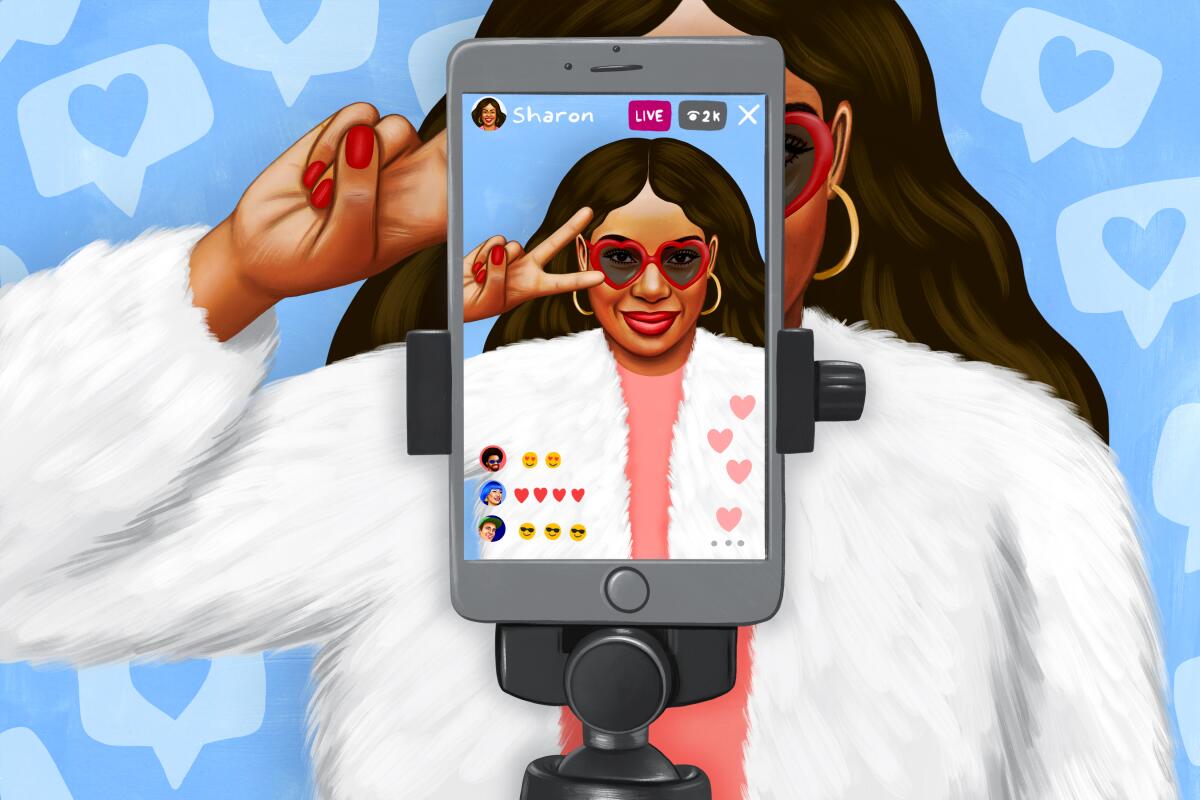
— Want to be a social media influencer? Here are some tips for getting started with the latest in the L.A. Times’ Explaining Hollywood series.
— “Now how about an Asian American hero?” Simu Liu, “Shang-Chi” and what it took to finally get an Asian superhero into the MCU. Speaking of which, Marvel’s “Shang-Chi and the Legend of the Ten Rings” opened with a strong $90 million domestically over the long Labor Day weekend.
— Jay Leno revives the game show “You Bet Your Life.” Will it work? The former “Tonight Show” host also talks about navigating the new social standards for comedy.
— Hollywood votes in “The Nanny.” Fran Drescher elected as SAG-AFTRA president.
— Revolving door: YouTube executive Kelly Merryman, who built Hollywood partnerships, resigns. Spotify adds former Paramount+ executive Julie McNamara in a new podcast role.
Number of the week

Way back in 2014, Google launched something called YouTube Music Key, which was supposed to be the video giant’s big push into subscription-based music streaming. At the time, the question was whether YouTube, known for making a bottomless amount of content available for free, could get a substantial number of people to pay.
After several rebrands and pivots (remember YouTube Red?), the company’s Spotify competitor — known as YouTube Music and Premium — is hitting its stride. The combined offering has surged to 50 million subscribers, including free one-month trials, up from 30 million in October (35 million including free trials).
It still has a long way to go to catch up with Spotify’s 165 million paying users. Apple Music last reported its subscriber base as 60 million in 2019. Amazon Music had 55 million customers as of January 2020.
But the rapid growth shows that YouTube’s efforts in the space are working.
YouTube launched its Music and Premium offering in 2018, charging $11.99 a month for access to tens of millions of songs, plus ad-free video viewing and the ability to keep YouTube playing in the background.
YouTube’s global music head Lyor Cohen, in a blog post, credited the service’s ability to let fans go deep with their music obsessions. People who watched Lil Nas X’s video for “Industry Baby” could then use the platform to learn the lyrics, hear the artist break down the track and learn the rapper’s story in his own words. “We’re in our own lane,” Cohen wrote. “We’re making it easy for music fans to go deep and find their thing.”
A recent report from Midia Research’s Mark Mulligan, a prominent music industry analyst, underscored where YouTube is best able to eat into Spotify’s market share.
“The early signs are that YouTube Music is becoming to Gen Z what Spotify was to Millennials half a decade ago,” Mulligan wrote in July. Now I feel old.
No SPAC for you
Vice Media appears to have scrapped plans to go public by merging with a special purpose acquisition company. Instead, Vice, run by adult-in-the-room Nancy Dubuc since co-founder Shane Smith stepped aside in 2018, raised $135 million in financing from existing investors, including James Murdoch’s Lupa Systems (THR). SPACs surged in popularity during the last couple years as a way for private companies to go public and raise money without the burdens of a traditional IPO. But recent regulatory scrutiny has made some SPAC investors skittish.
More top stories
— Lady Gaga’s dog walker is ready to talk. Ryan Fischer took a bullet trying to save the pop star’s French bulldogs from being dognapped. (Rolling Stone)
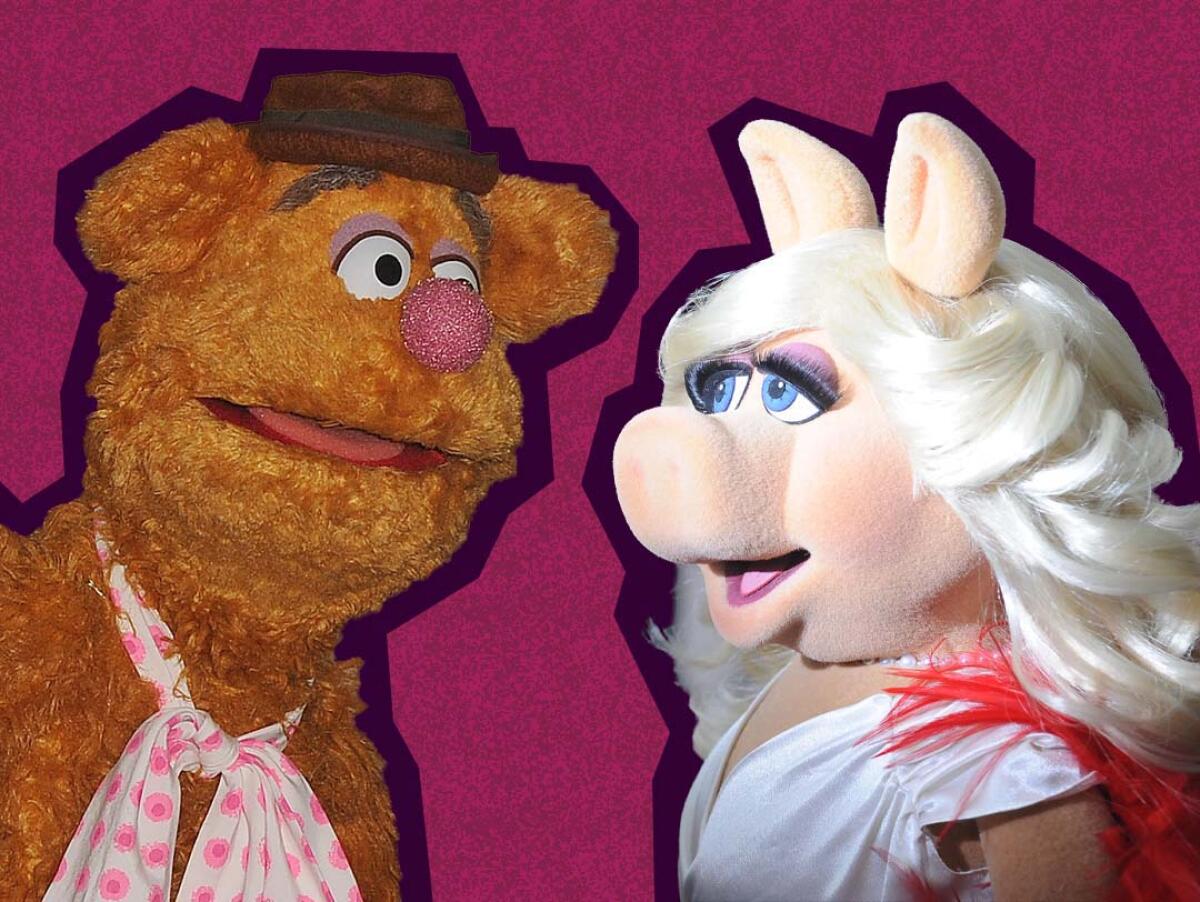
— Frank Oz on life as Fozzie Bear, Miss Piggy and Yoda: “I’d love to do the Muppets again but Disney doesn’t want me.” (The Guardian)
— Artists and cultural workers face life under Taliban 2.0. After the Americans leave, what will happen to Afghan artists and performers, cultural workers and nongovernmental organization staffers engaged with heritage, traditional crafts and preservation? (Washington Post)
— In praise of movies that just end (because they used to know when to end). Mike Ryan argues that modern movies aren’t that long, but they feel long. (Uproxx)
Shameless plug department
The Wide Shot joins the Showbiz Sandbox podcast to talk Patty Jenkins, CinemaCon and the future of movies.
Finally...
I didn’t really need a new reason to appreciate the greatness of Iron Maiden, but I got one anyway.
This animated short film accompanying the new track “The Writing on the Wall,” from the just-released studio album “Senjutsu,” is next-level bonkers in the best way.
Polygon’s Jordan Hoffman interviewed frontman Bruce Dickinson about the project, and the results were highly entertaining. One example:
Polygon: You have made rock videos for decades, but “The Writing On The Wall” is cinema.
Bruce Dickinson: It’s my doing. Nobody else in the band had hands on this. I just plundered various Biblical stories in combination with binge-watching “Sons of Anarchy” in lockdown.
If that’s not metal, I don’t know what is.




